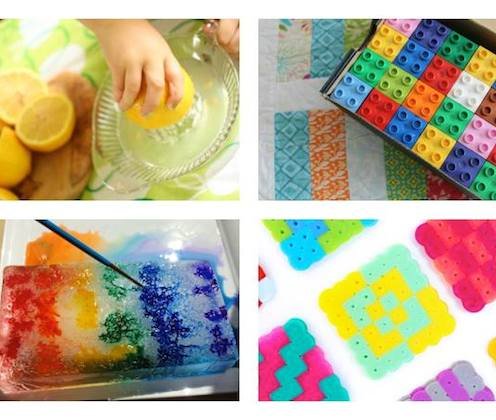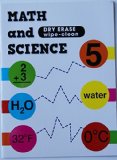Science and Math Activities

By Phil Nast, retired middle school teacher and freelance writer
The Science and Math Informal Learning Educators (SMILE) website is a national partnership among science and technology centers, museums, community-based organizations, and out-of-school educators and a resource of the National Science Digital Library (NSDL). SMILE’s mission is to make science, technology, engineering, and math (STEM) exciting and engaging for all learners. SMILE requires a free registration.
Teachers and students can search 2, 733 (and growing) math and science lessons and activities by general search term or use an advanced search function to narrow a search by subject, grade (K-12 and older) and age range, resource type, language (27), standards, assessments, materials costs, learning time, diversity considerations, and more. A new function lets users search by chemical. The site provides a section called Ideas for Teaching Chemistry.
SMILE is a growing website, and users are invited to suggest their own favorite web-based learning resources. In addition, users can follow the site blog and sign up to receive a newsletter. A free iPhone APP is available too.
Here are some representative resources.
- Quick Frozen Critters is an outdoor activity for grades 1-5 that teaches predator/prey relationships. In this variation of freeze tag, "prey" collect food tokens by moving from a food source and back to a shelter area. Meanwhile, “predators” try to tag prey. I first encountered this game when I attended Project Wild training and used it with my classes to help meet district physical education requirements.
- Incredible Shrinking Shapes is a hands-on math activity for grades 6-8. Students measure area and volume and calculate ratios and work with ratios and scaling as they make jewelry from recycled plastic containers.
- lambda DNA Fingerprinting is for grades 9-12 and simulates how DNA fingerprinting (or DNA profiling) is used to solve a crime. The activity simulates two of the three steps of DNA fingerprinting: restriction of DNA sample and separation by electrophoresis. It does not use the third step, the radioactive probes.
You might also like

|
Kids' Dry Erase Work and Activity Book - Math and Science Toy (Flowerpot Press)
|




